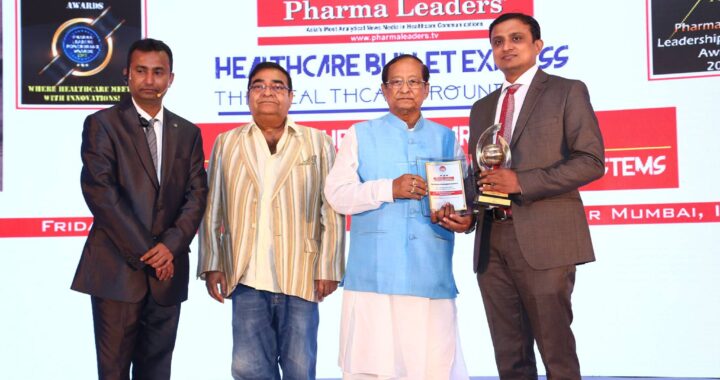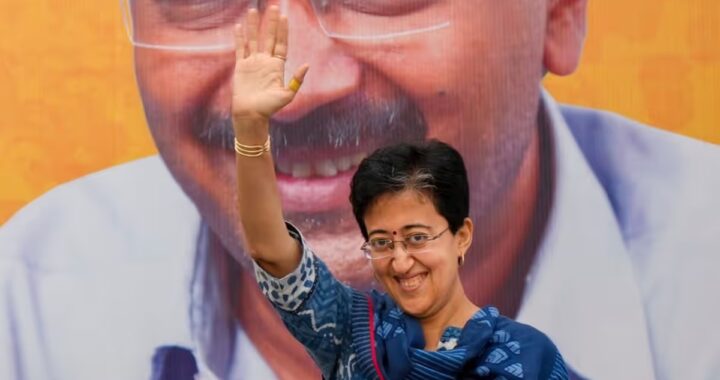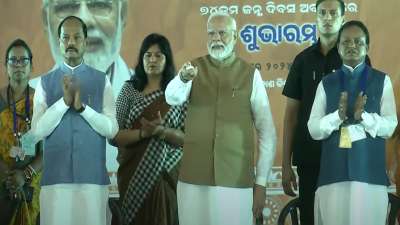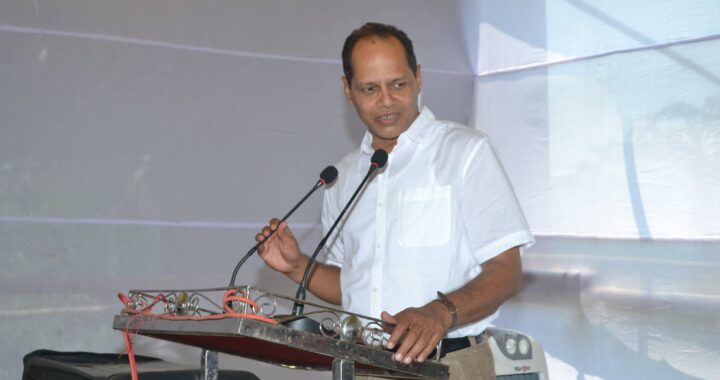Kashmir needs a healing touch, radicalization of youth a big challenge!
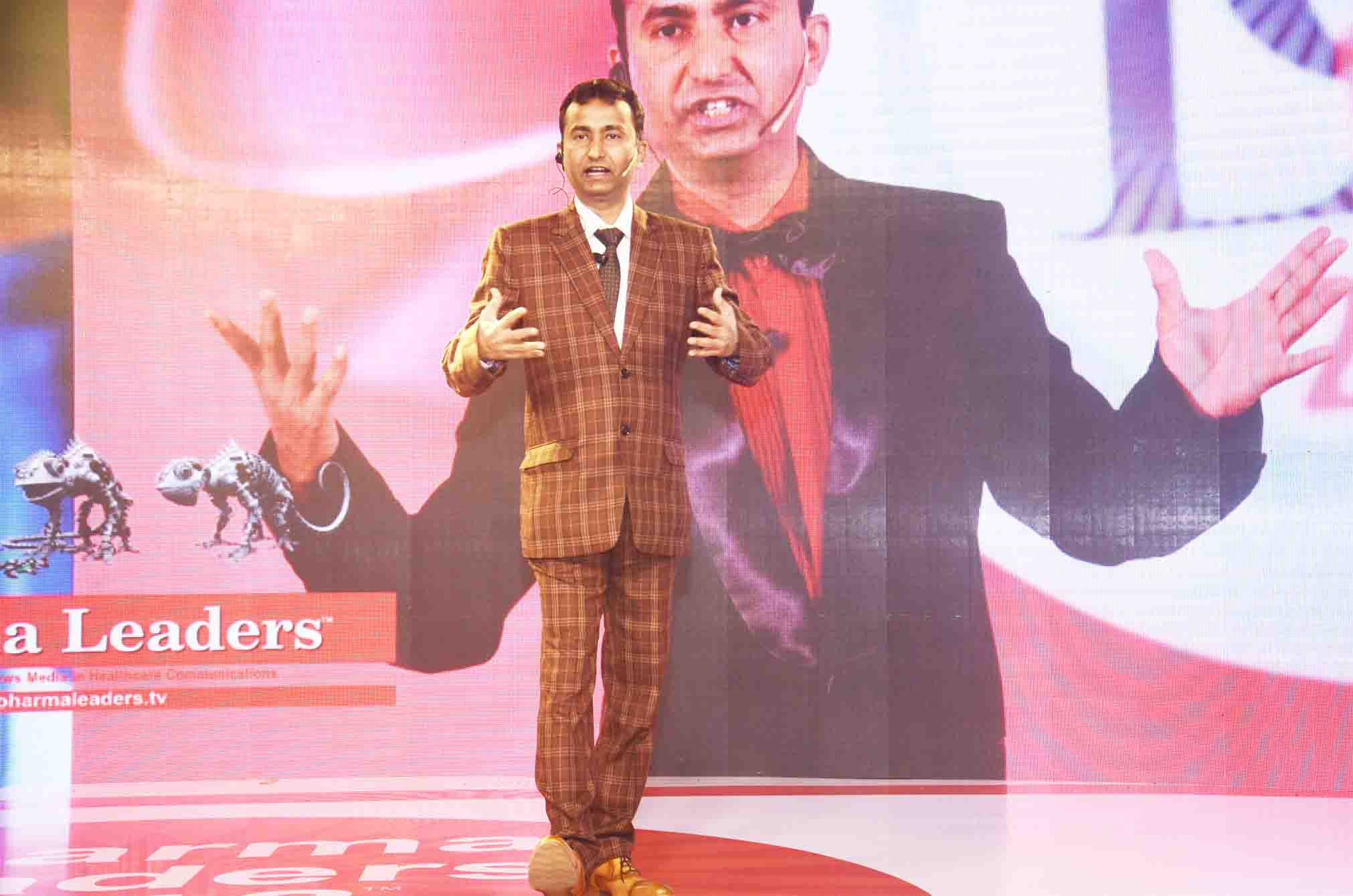
General Bipin Rawat might have raised quite a few eyebrows among his critics by calling for de-radicalisation camps for the youth and children of Kashmir. In his first-ever address after taking over as the Chief of Defence Staff (CDS), Rawat at the Raisina dialogues in New Delhi argued that there has been a significant increase in radicalisation among young people in Kashmir. General Rawat has raised a pertinent issue which needs to be tackled. The idea mooted by him has received backing by yet another influential voice J&K Police Chief Dilbagh Singh. Singh said it would be a ‘good sign’ if such camps came up in J&K and claimed that Pakistan had been spreading radicalisation here. He added that Kashmiri youth did not seem to be ‘talking much sense’ during their conversations with officials and often used radical language.
The Kashmir valley has been bearing the brunt of radicalisation for quite some time now. It is nothing short of a ticking time bomb and if not addressed in time, it has the potential to destroy the future generation of Kashmir. While I am not saying that every child is radicalised in Kashmir, radicalisation does exist there and we can’t turn a blind eye towards it. The recent remarks by Defence Minister Rajnath Singh assume significance, wherein he said that children in J&K are ‘nationalists’ but they are sometimes motivated in the wrong direction. His view that handlers of such children must be punished holds true.
Radicalisation in J&K has increased in the past decade or so. Radical Islamist outfits are spreading their ideology through vitriolic speeches, a network of Mosques, taking the control of Madrasas while expanding their influence across various colleges and universities. The gradual erosion of shrine worshipping or Sufism is an indicator of the growing radicalisation. Sufism is facing stiff competition from the Wahhabi brand of Islam as preached in Saudi Arabia and other parts of the world.
Extent of Radicalisation in J&K
Even though the extent of radicalisation can’t be quantified, its spread on a large scale is evident in Kashmir. While a section of the society might disagree that children aren’t radicalised, the videos of children as small as 10 years pelting stones and hurling anti-India slogans isn’t a new development.
Kashmiri youth can be increasingly seen taking refuge in religious functions and discussions more than ever before. Sufi shrines are being burnt and there has hardly been any public outcry regarding the same. Some are even taking to social media to post incendiary messages terming the destruction of these shrines as a ‘divine act of God.’ This indicates the waning influence of the Hanafis. With the abundance of Saudi money, Wahhabi followers are gradually taking over Hanafi masjids in the valley. Kashmir is one among the most orthodox union territories in India. It has no functional cinema hall, thus underscoring locals losing out to the hardliners.
Xenophobia is also on the rise in the state. An incident pertaining to the rape and murder of a teenage girl Tabinda Gani was used by separatist Syed Ali Shah Geelani to initiate a xenophobic campaign against the presence of non-ethnic Kashmiri workers in the state. Terrorists have repeatedly targetted migrant workers, including the bombing of a bus of migrant workers by the Lashkar-e-Taiba. Geelani has time and again raised the issue of a large presence of migrant workers from Bihar in Kashmir.
Sense of Pride Associated with Jihad
Radicalisation owes its resurgence to the concept of ‘death with dignity’ which has long been propounded by jihadist elements. There are scores of families in J&K who take pride in the fact that their sons died for the cause of ‘Azadi’ (freedom). It is astounding to see huge voter turnout in villages of Kashmir where there is hardly any development project or infrastructure. On the contrary, developed regions in the valley continue to be mired either under militancy or curfew. Even the religious shrines continue to be under the protection of security forces. Armed forces fear that anti-social elements may burn these holy places if security is removed even for a few hours. The world is witness to the dastardly attacks at the holy shrine of Charar-e-Sharief in Kashmir’s Budgam and the Hazratbal Dargah in Srinagar. These attacks, once again, reinforce the belief that these trouble peddlers are loyal to none. They only value their ideology and like to foment hate. Many a time, they even end up earning the sympathy of the locals, if caught in a gunfight with the Police or the Armed Forces. If killed or injured, they are projected as victims by their families. This fuels further anger towards the forces. When militants die in gunfights, their congregation is taken out across the streets with fervour. Celebratory gunshots are fired by terrorists in the air to pay obeisance to the departed. This sort of honour accorded to militants has often acted as a major source of inspiration to youths in becoming jihadis and terrorists.
This reminds me of an incident in Kulgam district of South Kashmir. A young militant found himself caught in the middle of a gunfight with the security forces. Sensing an opportunity, he called his father about what he should do next. His father advised him to not surrender and rather sacrifice his life. He thanked the almighty for giving his son the chance to do jihad. He proudly told his son that his effort would not go in vain. Rather, his sacrifice would ensure a place in heaven for the next seven generations of his family. One can only feel pity over such state of affairs and the dangerous magnitude radicalisation has assumed in Kashmir. Only a massive outreach and efforts aimed at de-radicalisation can bring the much-needed respite to the people of Kashmir, who seem to have lost their way and have been brainwashed by extremists, many from across the border, who are on the lookout to fulfil their notorious agenda.
Easy Availability of Radical Material
A sense of disgust and anguish seems to have crept into the minds of the youth in Kashmir. They seem directionless. It is hard to decipher as to what is making even schoolgirls resort to stone-pelting on the security forces. With the youth participating in large numbers, the new war in Kashmir is not only being fought on the streets, but through smartphones as well. Readily available material and literature on the streets and internet, along with clips on YouTube has been contributing to radicalisation. What is even more alarming is the sort of glorification and respect being commanded by the militants. They are no less than demi-gods in their respective locales. This needs to end. If not nipped in the bud, we will have a generation of Kashmiris growing up with militants and separatists as their role model.
The Problem is rooted to New Delhi
The prevailing problem in Kashmir has its roots linked to New Delhi as well. The Centre tends to take notice only when the violence in Kashmir gets out of hand. There were a lot of nationalists in Kashmir in 1947. However, those sitting in Delhi chose to give preference only to a few families and separatists. This created a feeling of alienation among the nationalists who felt unwanted. Some even had to leave Kashmir in the 1990s, or were forced out by the mujahids.
Radicalisation Not Linked to Unemployment
It is always being made out that unemployment is driving the Kashmiri youth to militancy and radicalisation. It is nothing but propaganda. Fact is that it is the misinterpretation of the Holy Quran and the call of jihad which is influencing them to take up arms. Furthermore, Muslim youth in Kashmir is being called to wage a war for “Ghazwa-e-Hind” (Battle of India) by terror outfits and handlers in Pakistan. The ideological differences and anti-India leaning are making people more prone to radicalisation and to indulge in violence.
Students right from their childhood have been taught that Kashmir is not a part of India, and that it has illegally been occupied by India. General Rawat had also stressed for a relook at the school curriculum that leads students into believing that they are not part of this country. The textbooks in Kashmiri schools have two maps – one of India and the other of J&K, thus giving rise to a sense of separate identity.
Rich and Educated Youth Being Brainwashed to Take Up Arms
The participation of two Kashmiri boys in a fidayeen attack seems to have lifted the spirit of families of many militants. When the brother of one of the militants was asked by the Army to persuade his brother to shun militancy and return, he refused and told the officer that his brother had dropped out of engineering college to pursue his goal of jihad. He said that while his aim was to become a doctor, his brother had an entirely different purpose. This is one of the many instances as to how educated and rich Kashmiri youth are opting for militancy and posing further problems for policy-makers.
Radicalisation Has Taken a Religious Overtone
The trouble fomenting in Kashmir has now taken a completely religious form. The religious problem fueled by Jamaat-e-Islami, pro-Pakistan lobby, so-called Indian secularists, and a biased media behave as if they are the stakeholders of a company called Kashmir, and only they have a right on the whole of J&K. The repeated pleas for softening of the Armed Forces Special Powers Act (AFSPA) and anti-sedition law are a few instances.
Mosques and Madrasas Becoming Epicenter of Radicalisation
We all are aware – how Mosques in Kashmir valley have become congregation points for discussion on the threat to Islam and Kashmiriyat. Many of these Mosques are air-conditioned where radicals can be seen holding a discussion on the ‘oppression’ of Kashmiris. It is these Mosques which during gunfights appeal to locals to indulge in stone-pelting on Security Forces so that militants get a safe cover and are able to escape.
Madrasas have also emerged as the centers from where students are being radicalised. It is from such places that children first learn the concept of believers and non-believers (kaafirs) of Islam. They are the root cause of many ills.
Deradicalisation Camps Are Also Being Run in Pakistan
Not many are aware that even Pakistani General Qamar Bajwa has been a vocal supporter of de-radicalisation. De-radicalisation camps are also being run in Pakistan. General Bajwa is of the view that those studying in madrasas will either become Maulvis (clerics) or terrorists. Mohammad Ali Jinnah had once warned Mahatma Gandhi that bringing Maulvis into politics could have disastrous implications for India’s future, and this is what has happened. Even though Narendra Modi Government advocated the modernisation of Madrasas, it was faced with stiff resistance.
We Have Treated Only Symptoms, Not The Disease
In the past seven decades, we have only dealt with symptoms and not the disease. Article 370/ 35A was a sort of a disease giving rise to alienation and separate identity to Kashmiris which the Narendra Modi Government has removed. The likes of Jamaat-e-Islami, Hurriyat, and separatists – all owe their growth to Article 370. At least someone tried to address this issue, which had long been relegated to the backseat in the garb of vote-bank and appeasement politics. There used to be a time when the presence of para-military forces was dreaded by the locals. Protesters used to maintain a distance with the Police. However, thanks to outreach and confidence-building measures, this distance and fear regarding the forces have reduced.
Way Forward
We have long been busy in treating symptoms, and not the cancer of radicalisation. It is high time that we address the root cause; else radicalisation will continue to be a bleeding scar. Even as ‘all-out’ security operations have targetted militants, no comprehensive programme for addressing radicalisation has been formulated. Kashmir may be territorially secure now, but we have lost our grip on the valley emotionally and psychologically. We need to foster strong bonds with Kashmiri people and propagate the spirit of Kashmiriyat.
It was keeping this in mind that I organised the ‘Paigaam-e-Mohabbat’ event in November 2017. It was a reconciliation programme aimed at the family members of martyred soldiers, victims of militant attacks and families of slain militants. About 200 families that had lost their loved ones to violence in the Valley came on one platform to heal their hearts, forgive and promote peace and brotherhood.
Spirituality can play a major role in guiding the youth. Teachings of the Quran have often been misinterpreted. Kashmiris can be won by spiritual merit, and not by force. We need to work on changing their thinking pattern. Elders and influential moderate clerics must be reached out to clear the misconceptions of youth regarding jihad. Several local clericshave helped with the de-radicalisation measures in the past. The same had been done previously with respect to clearing the misconceptions among the Muslim community regarding Poliodrops and the effort was successful.
The glorification and worship of militants need to be tackled urgently or else we will have a generation of Kashmiris growing up with militants or separatists as their heroes. Firing of gunshots or vitriolic speeches during such processions also needs to be curbed.
After Burhan Wani’s death in July 2016, more and more childrenhave become radicalised. Children have impressionable minds and are most vulnerable. Hence, children should be taught theright path of Islam and efforts should be made to de-radicalise their minds. General Rawat has done well by raising this issue.
However, at the same time, efforts must be made to clear the air regarding such de-radicalization camps. A section of the mediaand intelligentsia has already started drawing parallels of these camps with NRC camps for refuges in Assam, which is incorrect.
On the other hand, the bravery of local youth such as Rifleman Aurangzeb who was abducted by terrorists in 2018 when he was at his home in Pulwama to celebrate Eid needs to be propagated. His two brothers have also joined the Army in 2019 to avenge his killing and take part in ‘operation all out’ against the terrorists. A firm message that the country needs more Aurangzebs and not more Burhan Wanis needs to be communicated staunchly.
It is in this context that we would need to distinguish between the elements which are fighting for India from those who are waging jihad against India.
Upgrading the school curriculum assumes significance too, as advocated by General Rawat. De-radicalisation can be best achieved through effective teaching and incorporation of civic studies in the syllabus for children. Students should be empowered with pen and computers, in place of stones and guns.
India already has informal de-radicalisation centers being run by various state police forces in coordination with central agencies. Family members of the youth play a crucial role in the de-radicalisation of their children at such centers.
The long-term solution is through a movement that genuinely seeks to propagate the culture of Sufi Islam that promotes peace and tolerance for all and helps promote the spirit of Kashmiriyat. The approach that gives precedence to non-violence and dialogue can be the best insurance against intolerance and violence.
Even though the problem of radicalisation isn’t directly linked with employment, the creation of jobs and stepping up recruitment drives for positions in the security forces can provide a productive avenue to the youth in channelising their efforts. The abrogation of Article 370 is expected to generate more jobs for the local youth.
An administrative outreach to the citizenry not to give in to the radical demands and the rhetoric of extremists can go a long way in fostering peace in the region.
If a region continues to be under the grip of structural violence for long, a certain proportion of people tend to become dependent, either directly or indirectly, on this ecosystem of violence. Thus, we would need to fight against the jihadi ecosystem in J&K, check the root cause of violence and provide a healing touch to the people of Kashmir.
Sanjay Kumar*
The writer is associated with Art of Living and has been working in conflict zones in India for the last two decades.

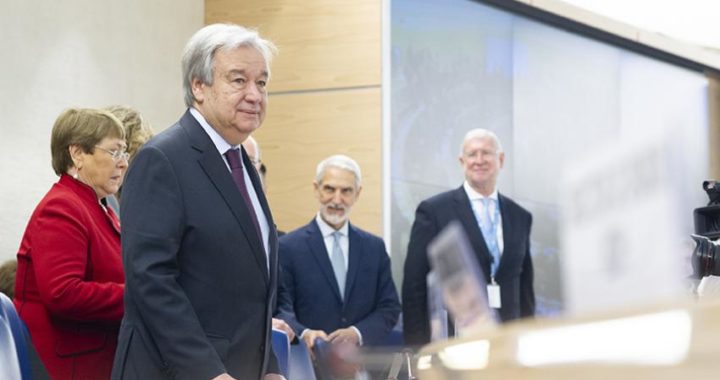 Over 1.54 billion children and youth are out-of-school. Young refugees, displaced persons and others caught up in conflict or disaster now face even more vulnerability.
Over 1.54 billion children and youth are out-of-school. Young refugees, displaced persons and others caught up in conflict or disaster now face even more vulnerability. 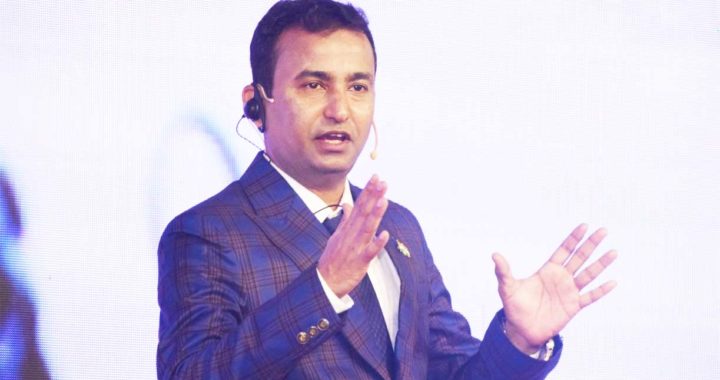 Living In A World Of Uncertainty. COVID-19 may change the world order like never before, People may come out of streets to get two meals a day.
Living In A World Of Uncertainty. COVID-19 may change the world order like never before, People may come out of streets to get two meals a day. 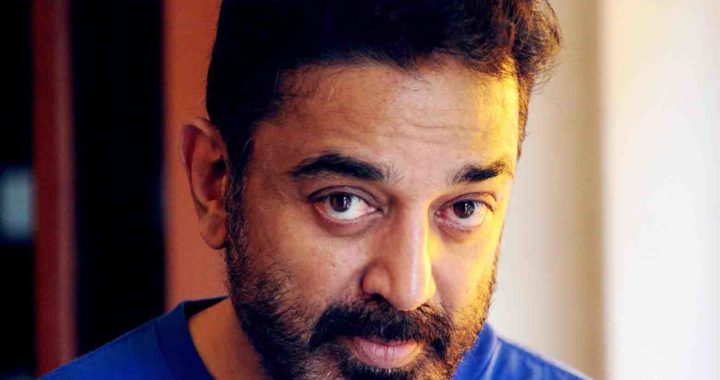 Ill-planned lockdown is leading us to a fatal combination of loss of both life and livelihood – Kamal Haasan writes letter to PM
Ill-planned lockdown is leading us to a fatal combination of loss of both life and livelihood – Kamal Haasan writes letter to PM 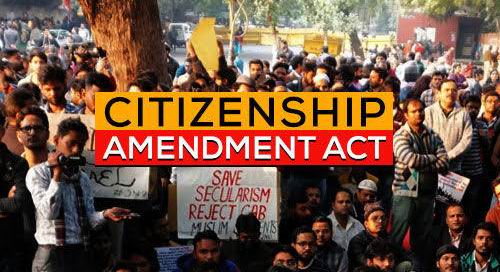 Citizenship (Amendment) Act, 2019 in a nutshell
Citizenship (Amendment) Act, 2019 in a nutshell  India Leadership Conclave 2019 to focus on Opportunities post Modi 2.0 historic mandate.
India Leadership Conclave 2019 to focus on Opportunities post Modi 2.0 historic mandate. 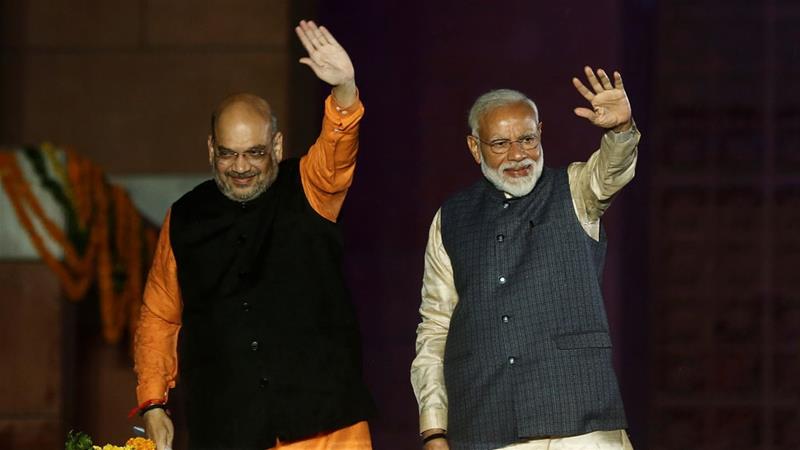 India’s GDP falls to five-year low at 5.8% in Jan-Mar; unemployment rate rises to 45-year high
India’s GDP falls to five-year low at 5.8% in Jan-Mar; unemployment rate rises to 45-year high 